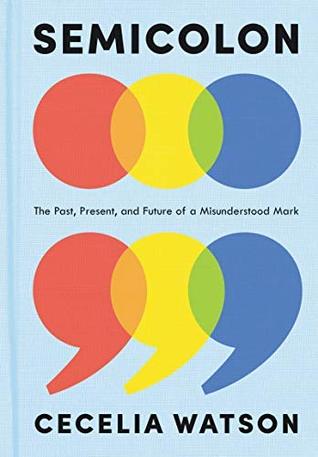More on this book
Community
Kindle Notes & Highlights
Read between
February 11 - February 12, 2020
At the time of Herman Melville’s death in 1891, his novel Moby-Dick had sold only a few thousand copies. When the book’s publishing house burned down in 1853, two years after publication, there were still first-run copies of it stacked in the warehouse, feeding the flames.
The semicolons are Moby-Dick’s joints, allowing the novel the freedom of movement it needed to tour such a large and disparate collection of themes.
Looking at me over the rim of a teacup on a rainy London afternoon, my British friend Suzanne chooses her words carefully. “We don’t really think of him as a popular writer,” she says diplomatically, in response to my announcement that I’m working on a section on Henry James’s semicolons. We Americans don’t think of him as a popular writer either, I assure her.
A lot of people, not just Robinson, find an imprecise thought uncomfortable: to these types, it looks like a leak to plug rather than an opportunity to let thoughts flow. Some of those leak-pluggers end up clogging up the works professionally, by becoming analytic philosophers. The analytic philosopher (there are other types of philosophers—or, as I usually think of them, other lunch-table cliques in philosophy) thinks of himself as clear, objective, and precise, and loves to start sentences with phrases like It is obvious . . . or It is clear that. . .
even writing meant to be crystal-clear contains points that can be argued, so it’s worth thinking constructively about what productive possibilities ambiguity allows and how we can tell when an ambiguity is useful rather than just pretending we can eliminate it if we only try hard enough.
Trying to eliminate ambiguity (however doomed a task that is) can at least soothe that anxiety a bit. But art that allows the imagination to participate in it—the kind of art Henry James’s early novels displayed—is a beautiful testament to the value that can lie in ambiguity.


